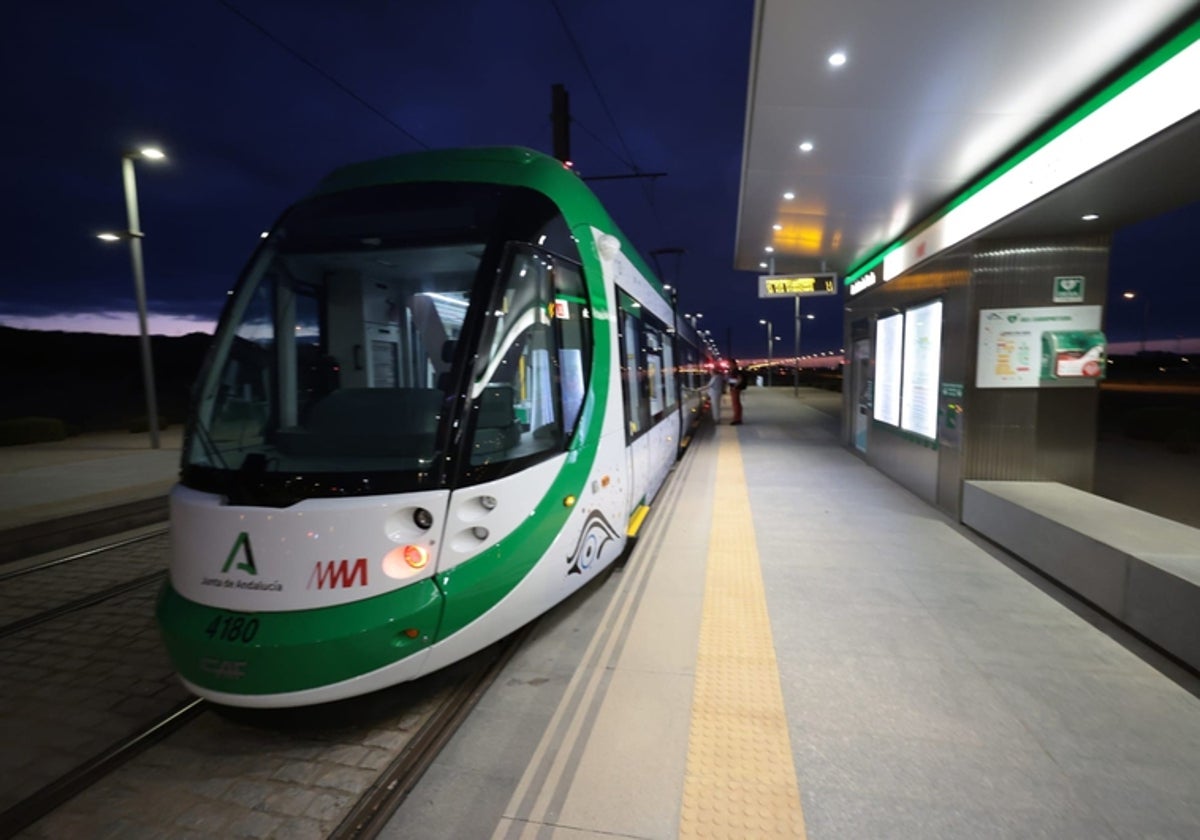

Sections
Highlight

Ignacio Lillo
Malaga
Wednesday, 4 October 2023
On Wednesday of this week the governing council of the Junta de Andalucía approved the Metropolitan Transportation Plan for the Malaga area, which includes mobility projects and infrastructures that are already set to be executed (or at least planned). SUR has had access to the document and it delivers some good news for residents of the area to the east of the city, the one that suffers most intensely from traffic tailbacks on the roads and the lack of alternative means of transport.
Among the measures to be developed in the medium term, the Plan highlights the need to “improve metropolitan mobility in public transport in the Eastern Corridor” to connect Malaga city centre with El Palo (in a first phase) and Rincón de la Victoria (in a second phase). The following options are considered: a new metro line 3; line 3, but by tram (to El Palo); a Bus Rapid Transit (BRT) high capacity system to El Palo and Rincón, or an increase in the current servces of urban and intercity bus lines.
Regardless of the final decision in the medium with the best cost-benefit ratio, it is vital that these options appear in the planning stages for budgetary reasons.
As for the North Corridor, the Metropolitan Transportation Plan proposes the study of alternatives for the selection of a high-performance line that connects line 2 of the metro from the Civil Hospital to Ciudad Jardín, which may include an underground extension of the suburban local train line; by surface tram, by BRT or by shuttle buses.
For access to Malaga TechPark (commonly called PTA), the possible extension of line 1 of the metro will be studied as well as a modification of the C-2 train line between Campanillas and Cártama station to create a new stop at the technology park. Other alternatives are: a new express C-2 commuter train line from María Zambrano to the PTA; shuttle buses from Andalucía Tech metro station, including the adaptation of the A-7076 road; or a reserved High Occupancy Vehicle (HOV) bus lane on the A-357 motorway.
Regarding the western Costa del Sol, the Metropolitan Transportation Plan also studies the links between Malaga city centre and Fuengirola. This could include an increase in the frequency of the C-1 line Cercanías local train services from Fuengirola-Los Boliches of up to 15 minutes. The service line of metropolitan 103 buses could also be increased.
Other improvements in Malaga city centre include the possible extension of the C-1 and C-2 and train lines to Plaza de la Marina with the possibility of the service reaching La Malagueta. Other improvements will be further priority for public transport on the roads in the area; a new access to the bus station from the MA-20; promoting Cercanías-bus intermodality and a bus lane on the station plaza.
The comprehensive document also takes into account the integration of the municipalities of Antequera, Valle de Abdalajís, Riogordo, Coín and Villanueva de la Concepción in the Transport Consortium of the Metropolitan Area, since all of them “meet the requirement established in this Transport Plan, to be within the one-hour” travelling distance to Malaga city.
In the case of Alhaurín de la Torre, the main course of action is already in operation and consists of the implementation of a shuttle bus between the town and Malaga Airport.
Finally, in Malaga city, two feasibility studies have been planned on the placing of intermodal stations at Plaza de la Marina and on the station plaza.
The Metropolitan Transportation Plan also sets a series of objectives between now and 2030. Among the key ones are the requirements that at least 25% of the trips are by public transport; that there is a 5% reduction in demand for private vehicles; and for a 5% increase in non-motorised bicycles and scooters.
According to recent estimates by the regional minister of Public Works, Rocío Díaz, the Plan will involve removing some 52,000 cars and motorcycles from the roads in a single year. To achieve this, it will be necessary to invest 1.12 billion euros, of which the bulk would go towards the Malaga metro (863 million), to be paid by the Andalusian regional government (with European Next Generation Funds, ERDF 2021-2027); with additional investment from the Metropolitan Transport Consortium; private public collaboration; municipalities and the state, in the infrastructures that are within its control (such as the Cercanías local train lines).
Publicidad
Publicidad
Publicidad
Publicidad
Esta funcionalidad es exclusiva para registrados.
Reporta un error en esta noticia

Debido a un error no hemos podido dar de alta tu suscripción.
Por favor, ponte en contacto con Atención al Cliente.

¡Bienvenido a SURINENGLISH!

Tu suscripción con Google se ha realizado correctamente, pero ya tenías otra suscripción activa en SURINENGLISH.
Déjanos tus datos y nos pondremos en contacto contigo para analizar tu caso

¡Tu suscripción con Google se ha realizado correctamente!
La compra se ha asociado al siguiente email
Comentar es una ventaja exclusiva para registrados
¿Ya eres registrado?
Inicia sesiónNecesitas ser suscriptor para poder votar.